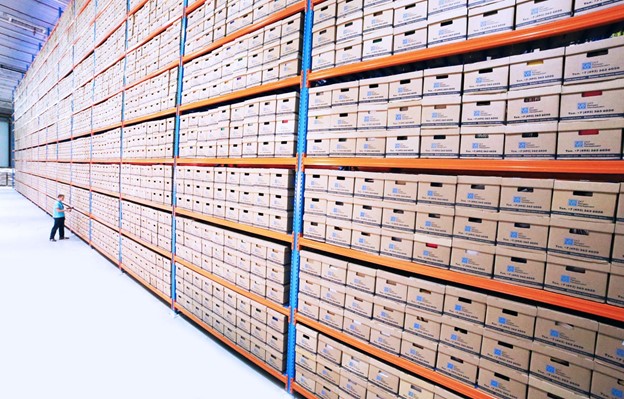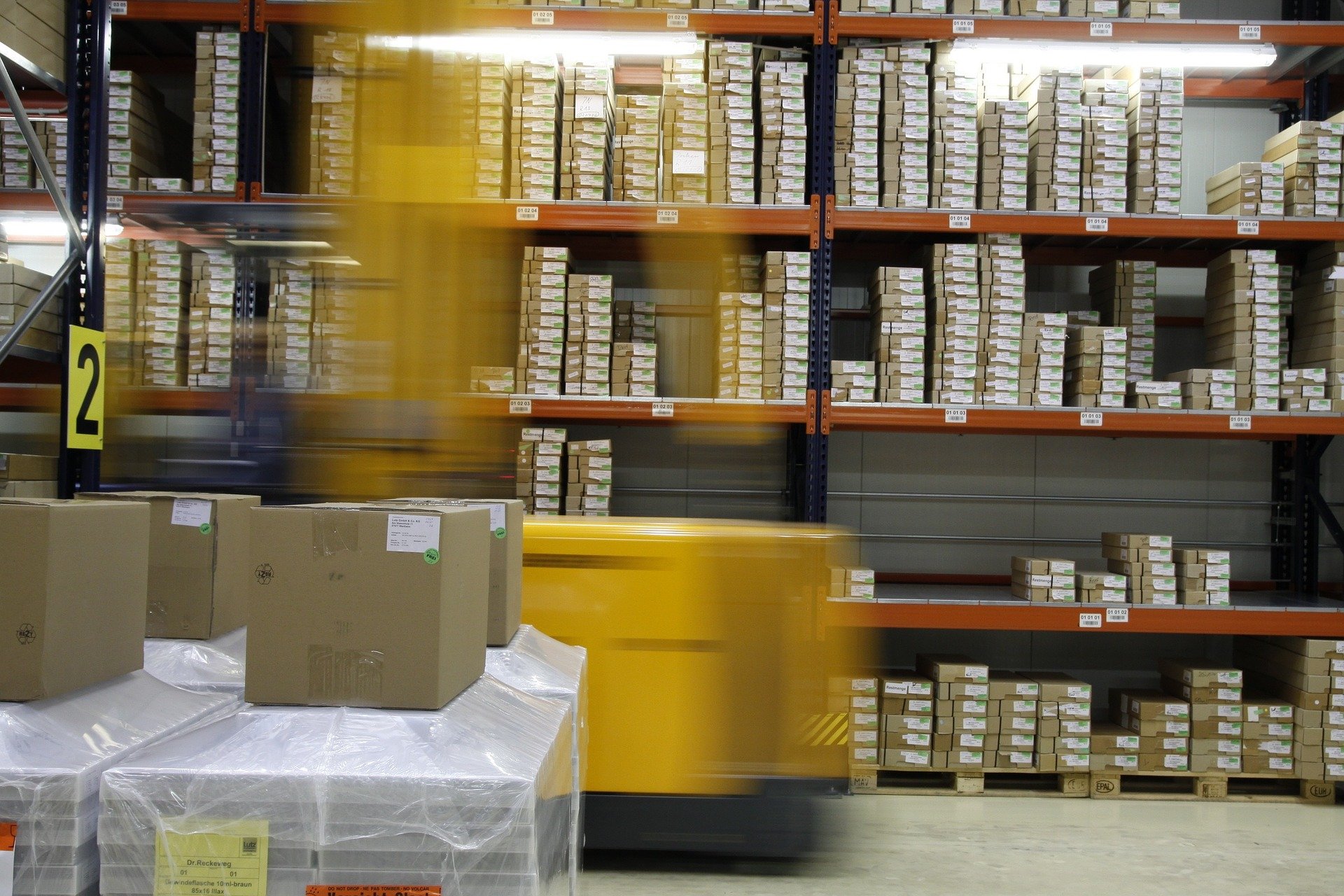Written by Murray Bilby, Crowd Control Expert at Todoos.
Warehouse efficiency has long been relied upon for successfully servicing many industry sectors, but the recent boom of e-commerce has brought it even more into focus. A high level of organisation and quality communication is required to effectively manage a warehouse and consistently (and successfully) fulfill the end consumer’s needs. None of this is possible without efficient warehouse management.
The benefits of improving warehouse efficiency
It is easy to assume that a warehouse is running efficiently when products are being turned out on time and consumer feedback is positive. While these results are vitally important, that’s not where warehouse efficiency ends. To truly improve the efficiency of warehouse operation, productivity must be optimised to ensure that time and money is always being well-spent and saved wherever possible.
It is also essential to regularly assess what improvements could be made to maintain efficiency and stay relevant and competitive in such a rapidly growing industry.
Benefits of ongoing improvements to warehouse efficiency include:
- Working faster – the quicker your turnaround times, the happier your customers.
- Greater accuracy – fewer mistakes equals more time and money saved.
- Reduced labour costs – the more efficient your processes, the greater the hourly output, which will reduce overall staffing and overtime costs.
Steps for efficient warehouse management
Warehouses differ substantially in size and operations, but there are some fundamental steps you can follow to ensure that overall efficiency is optimised, regardless of the size or nature of the facility.
 1. Assess your warehouse layout and organization
1. Assess your warehouse layout and organization
A well thought-out warehouse layout is the foundation to efficient operation. Confusing organisational systems, narrow pathways and illogical shelving placements can make it hard for employees to work efficiently, leading to vast amounts of time being lost.
As a result, think carefully about how your warehouse is laid out. For instance, packing areas should be close to your loading areas while high-rotation products should be placed so that movement is kept to a minimum. Every aspect of your warehouse’s layout and organisation needs to be well-considered, logical and easy to maintain.
2. Prioritise safety
When warehouses don’t prioritise safety, the efficiency of the whole operation can be affected.
When safety is prioritised, for example, damaged shelving is replaced, walkway hazards are addressed and removed, rubbish receptacles are placed strategically, and faulty equipment is removed or replaced. Generally, all workers and management are observant and proactive in maintaining a safe work environment that allows for maximum productivity.
So, be sure to create a culture of safety awareness in your warehouse for maximum efficiency as well as employee wellbeing. Regular risk-assessment should be part of the job for all.
3. Regularly review your processes
We can only change what we acknowledge, so regularly reviewing the efficiency of your processes is the first step to identifying where opportunities for improvements lie.
This should include not only gathering productivity data for analysis, but also feedback from staff and management for additional insights as to what works best and what needs to be revised.
This approach makes it easy to identify any inefficiencies in the warehouse chain of process, and from there you can start to problem-solve. It may be that one inefficiency leads to more being uncovered further down the chain, but it is better to address it fully rather than cut corners and continue running at reduced productivity.
These reviews should ideally take place every year, but also any time productivity is interrupted, particularly if the underlying source is unclear.
4. Invest in your employees
Warehouse work margins don’t often allow for many pay rises, meaning that other measures must be taken to ensure that employees feel valued and satisfied in their roles.
Providing all employees with the necessary training is essential to ensuring that they are following all safety protocols and warehouse procedures, and this training should be revisited every year.
When employees feel engaged, valued and satisfied, they are more likely to perform well and be more productive members of the team, which feeds directly back into the efficiency of the operation. It can be helpful to introduce incentive programs, as well as rewarding staff for qualities such as positivity, leadership, safety-consciousness and collaboration.
5. Monitoring and forecasting stock
It is essential to track and manage stock closely to maximise efficiency – stocking errors are common sources of stress for warehouses.
To best aid effective inventory management, track all stock closely, either manually or via technology-based systems. If possible, automated tracking systems can allow for real-time data analytics that can vastly improve the management of stock.
Staying on top of seasonal changes and consumer trends is also essential when forecasting demand, as well as planning ahead as to how best to navigate these changes in order and stock volume.
6. Implement technology-based solutions
Technology solutions for warehouse management are constantly improving, and there are many options that can vastly improve your operation’s efficiency. Software management systems and tracking technologies allow for unprecedented accuracy and real-time productivity analytics that can make a huge difference to your bottom line. They may seem like a daunting investment upfront, but the benefits usually easily outweigh the costs and they quickly earn their vital place in your management system.
Final thoughts
The subject of warehouse efficiency is vast, especially given how much one operation can differ from the next. These steps outline some of the fundamental ways in which the efficiency of any warehouse can be addressed and improved upon. Remember, efficiency doesn’t stop at achieving on-time order fulfilments – true warehouse efficiency encapsulates the optimisation of all productivity resulting from having engaged, safe and well-trained staff, and staying ahead when it comes to all aspects of managing, tracking and forecasting your stock.

